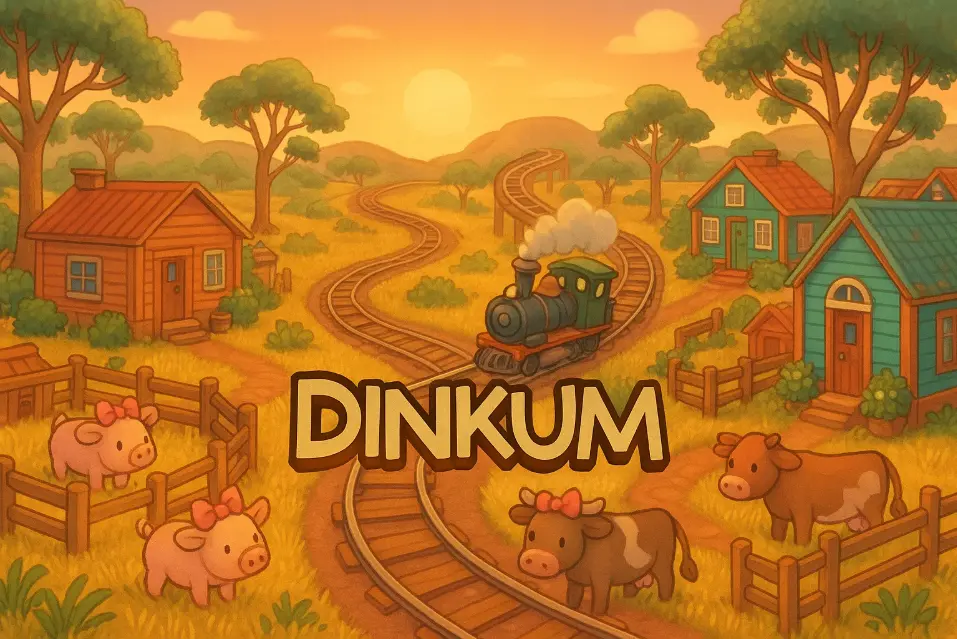Choose a test user to login and take a site tour.






4 minutes, 51 seconds
-57 Views 0 Comments 0 Likes 0 Reviews

In Dinkum, bugs are more than just background critters—they’re an integral part of the game’s lively ecosystem. Among them, Grub Nests are both a nuisance and an opportunity. These small dirt mounds can unleash waves of aggressive grubs, but with the right strategy, they can also become a renewable source of materials and valuable loot. Managing Grub Nests efficiently is key for any player aiming to keep their island safe and organized.
Grub Nests usually appear in caves or underground areas, though they can occasionally surface in specific biomes. When disturbed, they spawn aggressive grubs that will immediately attack the player. Ignoring them can lead to infestations that disrupt exploration or mining activities. However, clearing these nests can yield Grub Meat, Bones, and other useful drops, making them worth tackling.
Before engaging with Grub Nests, ensure you’re equipped with a sturdy weapon—ideally a Copper Spear or better. Carrying cooked food to maintain health is also important, as swarms can overwhelm you if unprepared. Mining gear helps you navigate underground zones quickly, and light sources are essential to spot nests before they trigger.
If you’re still in the early stages of your island development, it’s perfectly fine to retreat and regroup. Players who want to gear up faster often look to buy Dinkum items from trusted marketplaces to streamline their progress. While the grind can be rewarding, enhancing your toolset can make a big difference in how efficiently you deal with Grub spawns.
The most effective way to manage Grub Nests is to destroy them before they release too many bugs. Approach slowly and strike the mound as soon as you spot it. If grubs begin spawning, keep moving in a circular pattern to avoid being surrounded. Each destroyed nest reduces the chance of future infestations in that area.
Another helpful tactic is to lure grubs into open terrain or near water, where they become easier to target. Building a perimeter or lighting up cave entrances can also help you identify nest respawns early. For players who love base organization, clearing nearby nests helps maintain both safety and aesthetics around settlements.
While Grub Nests can be annoying, farming them intentionally can provide steady resources. Grub Meat is valuable for crafting and cooking, and Bones are needed for several advanced recipes. By managing spawn locations, players can set up efficient routes to gather these materials.
Advanced players sometimes optimize their farming loops by setting up storage areas and repair benches near common spawn points. Others focus on upgrading their tools through crafting or, when needed, choosing to buy Dinkum items with PayPal from reputable community marketplaces like U4GM to supplement their progression. This approach allows more time for creative builds and exploration instead of repetitive grinding.
Grub Nest management in Dinkum is about balance—knowing when to fight, when to farm, and when to avoid unnecessary risks. Whether you’re exploring deep mines or keeping your settlement clean, having a solid spawn control strategy keeps your gameplay efficient and rewarding.
As your island grows, so will your need for better tools, materials, and design options. Whether you prefer to craft everything by hand or occasionally buy Dinkum items to speed things up, mastering the Grub Nest system will give you the confidence to handle any underground challenge that comes your way.

Share this page with your family and friends.